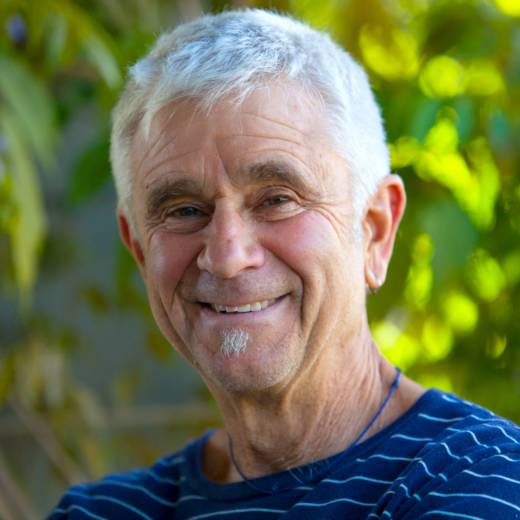They are the super-scoopers of the bird world. They're sometimes elegant, sometimes goofy, but always entertaining. Michael Ellis has this Perspective.
A wonderful bird is the pelican,
His bill can hold more than his belican,
He can hold in his beak,
Enough food for a week!
But I'm damned if I see how the helican!
This famous ditty is by Dixon Lanier Merritt.
The pouch, more properly referred to as the gular sac, has different functions for pelicans. The first and most obvious is to procure food. The brown pelican plunges from high above; the greatly distensible sac opens upon impact and two and half gallons of water (and any fish nearby) are immediately sucked in. The bird then closes its beak, hanging its head down and letting the water drain out. It then flips the beak up and swallows the fish. Apparently, this beak can hold three times as much as its stomach, but I doubt if that one fish will last a week. Also, pelicans, like all birds, cannot sweat but dissipate heat by rapidly vibrating the throat sac. This is gular fluttering.
While there are eight species of pelican found on every continent but Antarctica, only two feed by plunge diving — the brown and the Peruvian pelican. These two are strictly saltwater species. Another species we regularly see in the Bay Area is the American white pelican, which fishes in an entirely different manner. They float along the surface, often in formation, and scoop small fish out of the water with their beaks into their large gular sacs. These birds nest in northeastern California and at Pyramid Lake in Nevada. They are here during the non-breeding season from August to March. Their claim to fame is that they have a nine-and-a-half-foot wingspan and are often seen soaring high in formation with striking black and white wings.
